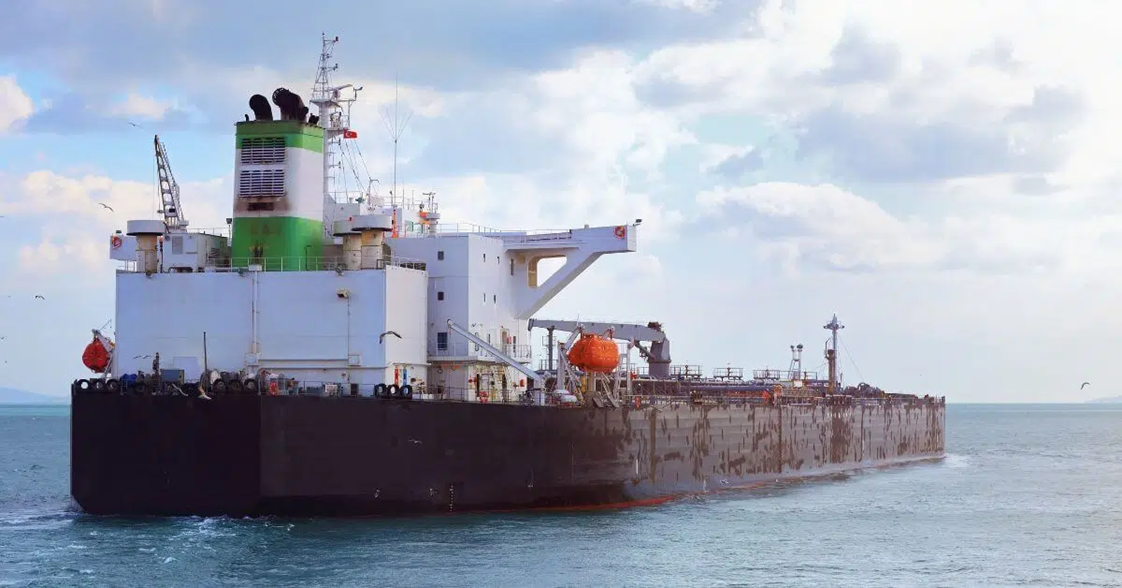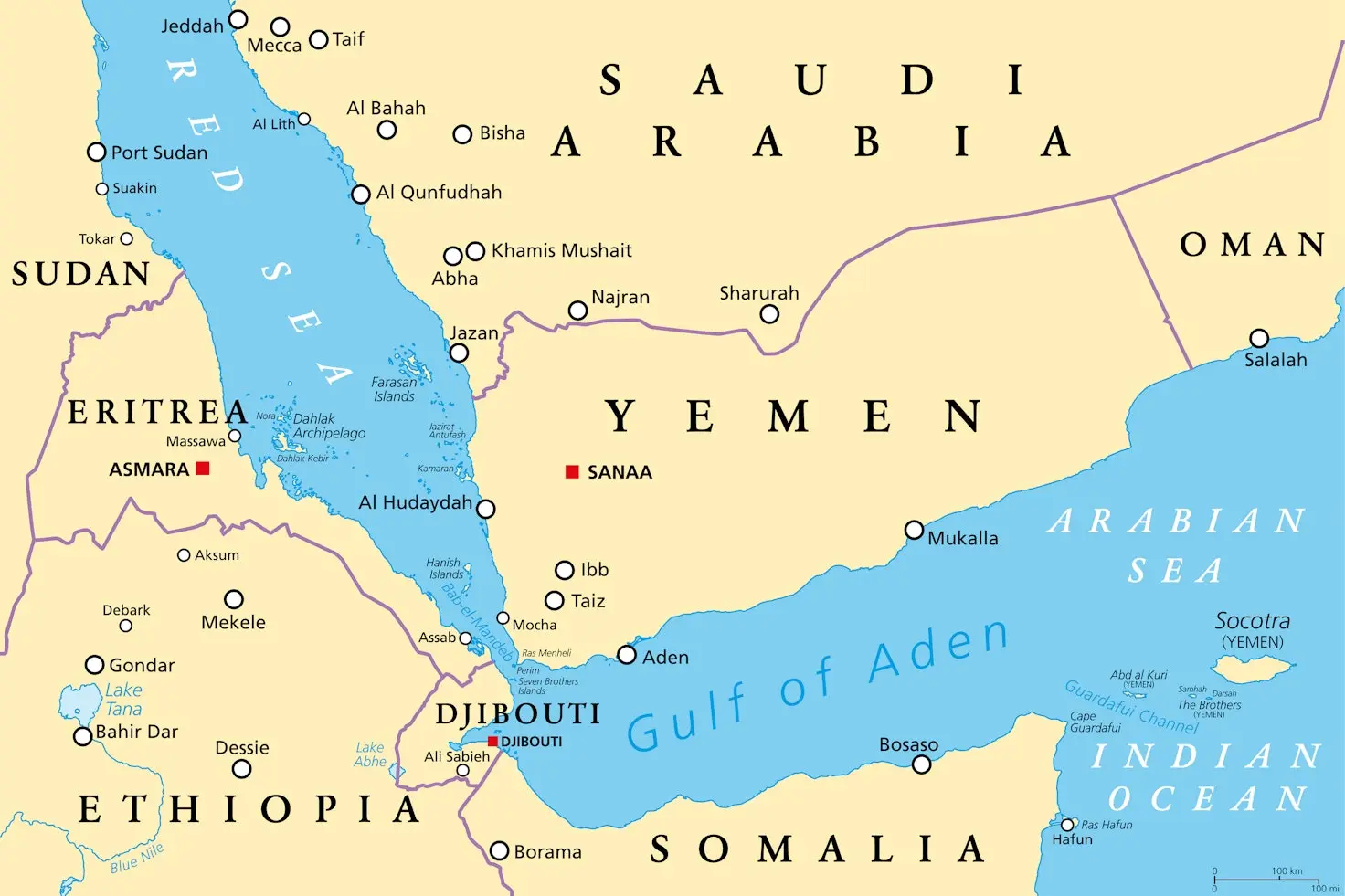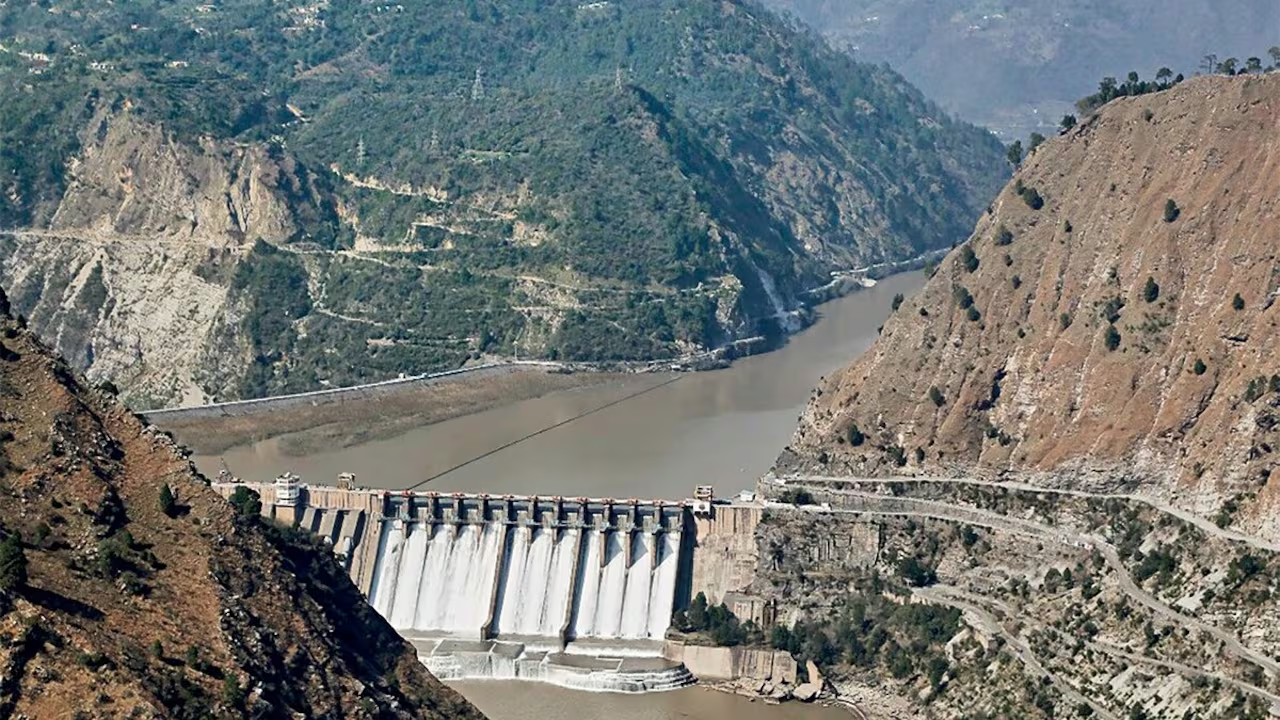- Courses
- GS Full Course 1 Year
- GS Full Course 2 Year
- GS Full Course 3 Year
- GS Full Course Till Selection
- Answer Alpha: Mains 2025 Mentorship
- MEP (Mains Enrichment Programme) Data, Facts
- Essay Target – 150+ Marks
- Online Program
- GS Recorded Course
- Polity
- Geography
- Economy
- Ancient, Medieval and Art & Culture AMAC
- Modern India, Post Independence & World History
- Environment
- Governance
- Science & Technology
- International Relations and Internal Security
- Disaster Management
- Ethics
- NCERT Current Affairs
- Indian Society and Social Issue
- NCERT- Science and Technology
- NCERT - Geography
- NCERT - Ancient History
- NCERT- World History
- NCERT Modern History
- CSAT
- 5 LAYERED ARJUNA Mentorship
- Public Administration Optional
- ABOUT US
- OUR TOPPERS
- TEST SERIES
- FREE STUDY MATERIAL
- VIDEOS
- CONTACT US
EU Naval Forces Capture 6 Pirates In The Gulf of Aden
EU Naval Forces Capture 6 Pirates In The Gulf of Aden
19-05-2024

EU naval forces have arrested six suspected pirates after they reportedly opened fire on the Marshall Islands-registered product tanker Crystal Arctic in the Gulf of Aden.
Introduction to the Gulf of Aden:

- An extension of the Indian Ocean, the Gulf of Aden is located between the Arabian Peninsula and the African continent.
- It serves as a maritime connection between the Red Sea and the Arabian Sea.
- Named after the Yemeni port of Aden, the gulf covers approximately 900 kilometres in length, 500 kilometres in width, covering an area of 410,000 square kilometres.
Boundaries and Features:
- Bordered by Somalia and the Socotra Islands to the south, Yemen to the north, the Arabian Sea to the east, and Djibouti to the west.
- Connected to the Somali Sea to the south by the Guardafui Channel and to the Red Sea in the west via the Strait of Bab el Mandeb.
- Narrowing into the Gulf of Tadjoura near Djibouti in the west.
- Demarcated from the Arabian Sea by the Horn of Africa and the Socotra Islands.
- The Sheba Ridge, an extension of the Indian Ocean ridge system, is the dominant relief feature of the gulf's terrain.
Major Cities and Ports:
- Notable cities surrounding the gulf include Aden, Mukalla, Ahnwar, Balhaf, Berbera, Bosaso, and Djibouti City.
- Aden, Berbera, and Bosaso are the primary ports.
Shipping and Geopolitical Significance:
- The Gulf of Aden is a critical part of the Suez Canal shipping route, connecting the Red Sea with the Mediterranean Sea.
- Strategically located, the region is of geopolitical importance due to its access to the Red Sea and the Suez Canal.
Formation of Gulfs:
- Gulfs are portions of the sea partially enclosed by land, with only a narrow opening.
- Geological events like rock collapses or land subsidence can create gulfs, resulting in indentations that are subsequently filled with water.
Must Check: Best IAS Coaching In Delhi



